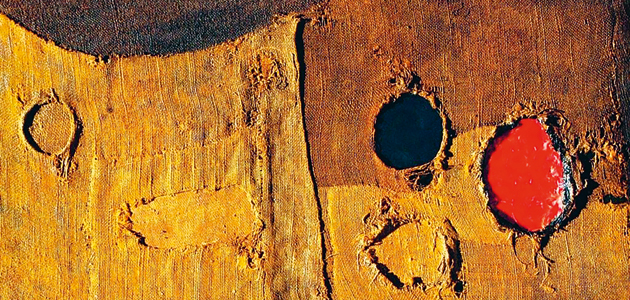A bigger picture: Gill Sewell’s Thought for the week
‘A century later, here we are again.’

Iwoke with some excitement – I was going on an outing.
Before getting on with my adventure, I had a quick look at the Bible text for the day. It was Matthew 6:19-20: ‘Do not store up for yourselves treasures on Earth… store up for yourselves treasures in heaven.’ I don’t always get the meaning on first reading, but it seemed appropriate given I was going to see the Francis of Assisi exhibition at the National Gallery.
Francis gave up a life of wealth to live in absolute poverty. Before leaving I took a phone call from a friend who is job hunting. She told me that she is using a food bank to supplement her living. It was a salutary moment.
I arrived at the gallery. In the rotunda was a Franciscan brother in his habit and sandals, offering a warm welcome. After wandering through a few rooms, I returned to the rotunda, this time to encounter what I suspect was a couple of benefactors to the gallery. They were accompanied by senior staff and security guards, and were given a personalised talk at each artwork. It was a jarring collision.
One image, by the painter Stanley Spencer, came with a label suggesting that Francis became popular again in the 1920s, when people were living in post-war poverty. A century later, here we are again.
Francis’s sense of the divine gave him an obligation of care towards humans and all creation; you might say he was an early eco-warrior. Another Francis, the current pope, recently wrote that his namesake ‘remains remarkably timely in a day marked by a thirst for spiritual wisdom, a more just and fraternal society, and a renewed covenant with the earth, our common home.’
In his ‘Canticle of the Sun’, Francis of Assisi praised God for all of creation, sun and moon, earth, fire and water. On reading that word ‘water’ I realised I had been carrying with me a tale of two seas: one of a catastrophic submarine implosion in the North Atlantic, with the loss of five lives and the combined endeavours, when hope of rescue still remained, of multiple agencies and state-of-the-art equipment. The other happened a few days earlier, when a boat in Mediterranean waters sank with the loss of perhaps 500 lives. That time there had been less media coverage, the rescue attempts were less rigorous (or perhaps negligent), and the lives less celebrated on the international stage.
I mourned the loss of all these lives, rich and poor, while looking at a more contemporary image from the exhibition. Sacco, by Alberto Burri, uses sackcloth and oil to represent the poverty in which Francis lived. Burri repurposed sacks that were used to deliver relief supplies in post-war Italy.
I sat soaking up all these images: a collision of ocean catastrophes, war, and climate crisis. How now do I moderate my acquisition of treasures? How might I store up treasures worthy of heaven? If I am to be a co-creator of heaven on earth, I need to find my way from the gilded images, through the mystical paintings, to be alongside modern-day sackcloth and poverty.
You need to login to read subscriber-only content and/or comment on articles.
